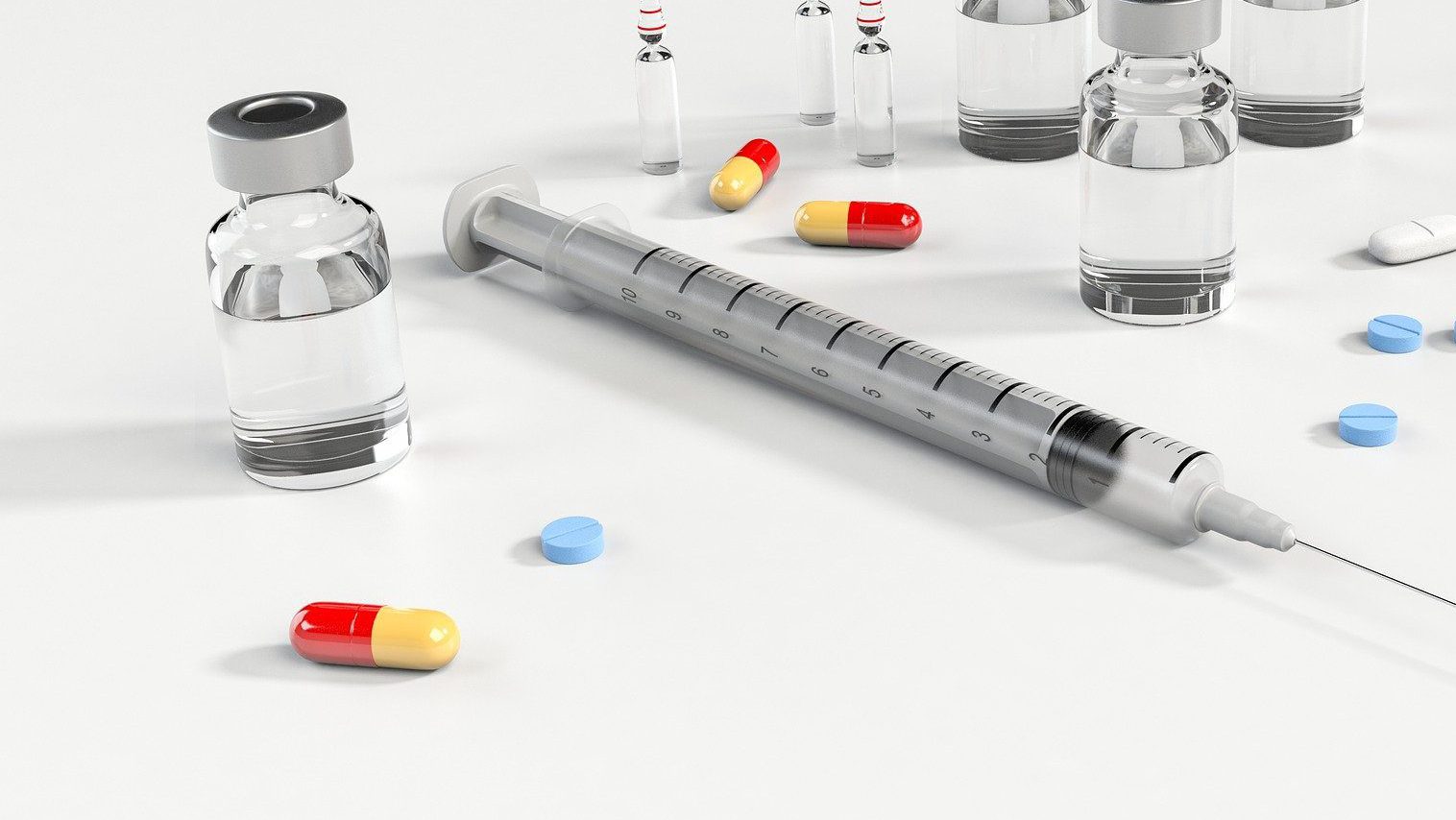In a report scoring the efforts of 20 global pharmaceutical companies in providing access to their medicines the industry came in for some rare praise, as well as a bit of scolding for too often putting poor countries last.
“After years of encouraging access planning, we are now seeing a strategic shift in this direction [of inclusion] by pharma companies,” said Jayasree K. Iyer, executive director of the Access to Medicine Foundation.
“This could radically change how fast access to new products is achieved – if company leadership is determined to ensure people living in low- and middle-income countries are not last in line.”
Iyer’s comments came in connection with the foundation’s release of Access to Medicine Index 2021, its biennial report ranking the largest pharma companies on how well they are doing to make drugs and vaccines accessible to the world’s poorest nations.
GlaxoSmithKline came in first, as it has in the previous 6 reports.

Close on its heels is Novartis. It ranked 2nd in the 2018 report, and 2nd again, but this year edged closer to the top spot on the strength of its product delivery. Of Novartis the report says, “Leading consistently across access strategies, it is the only company that applies equitable access strategies in low-income countries (LICs) for all its products.”
GSK, a mere 0.05 points ahead of Novartis, held onto the top position on the strength of its R&D performance. “Performance in R&D is a significant factor in its retention of the top spot,” the report explains. “It has access plans covering the largest proportion of late-stage projects.”
The highly detailed, 236 page report digs deep into each of the 20 companies, scoring them in three areas:
- Governance – The area looks at the governance, planning, implementation and integration of access to medicine initiatives into corporate strategy and the extent of staff incentivization towards fostering access. It also considers marketing and disclosure practices.
- R&D – Focus is placed on product development, access planning, and R&D capacity building. Affordability, accessibility, and availability are crucial aspects to be considered for the pipeline. Companies also need to contribute to local R&D capacity building, empowering local researchers to address relevant needs.
- Product Delivery — The report assesses post-development actions on the ground to ensure companies offer equitable access to their products and overcome any local barriers in accessing hard-to-reach markets and patient populations.
The purpose of ranking each company, explains the foundation, is to spur them “to compete and collaborate on priority access-to-medicine topics, while identifying best practices, areas of progress and gaps where more action is urgently needed.”
The report observes that the industry “continues to inch forward,” but laments that progress is largely due to a handful of companies that “account for the bulk of the R&D projects that the global health community considers a priority, underscoring a worrying dependency on just a few large players.”
Image by Arek Socha




